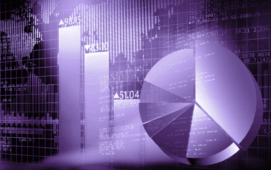STAC has for the first time published results for its STAC-A2 options risk analytics benchmarks running on Nvidia graphics processing units (GPUs) that point to a near order of magnitude speed up compared to traditional x86 CPUs.
STAC-A2 is a suite of benchmark tests developed by market participants that measure the time to complete the calculation of a set of Greeks values for an option (which measure the sensitivity of the price of an option to changes, such as price of the underlying asset, volatility, interest rates, etc.). Thus, Greeks – which should be recalculated as an options price varies – provide a risk management tool for assessing market impacts on a portfolio of options.
In order to conduct the benchmarks, STAC built a system based on an IBM server with two Intel ‘Sandy Bridge’ x86 processors and two Nvidia K20Xm GPUs. Nvidia coded the STAC benchmarks using the CUDA toolkit, which is designed to implement parallel high performance computing workloads.
Among the several benchmarks calculated, results for STAC-A2.?2.GREEKS.TIME – the time taken to calculate a set of Greeks – showed a 9x improvement compared to benchmarks run on the same class of x86 processors, without GPU acceleration.
While the results are simply indicators of performance, they do point to the value of GPUs to handle complex calculations, which increasingly need to be performed in real time as part of intelligent trading strategies.
As such, GPUs complement other acceleration approaches, such as FPGAs, which have been widely implemented to perform data manipulation functions for low-latency market feed handling and trade execution. Future trading system architectures may well incorporate both FPGAs and GPUs alongside traditional CPUs to provide a best of breed platform for all aspects of a trading strategy.
Subscribe to our newsletter




